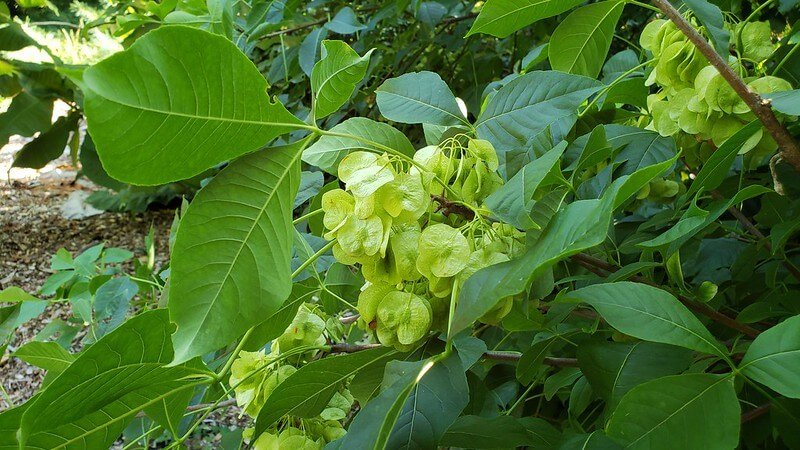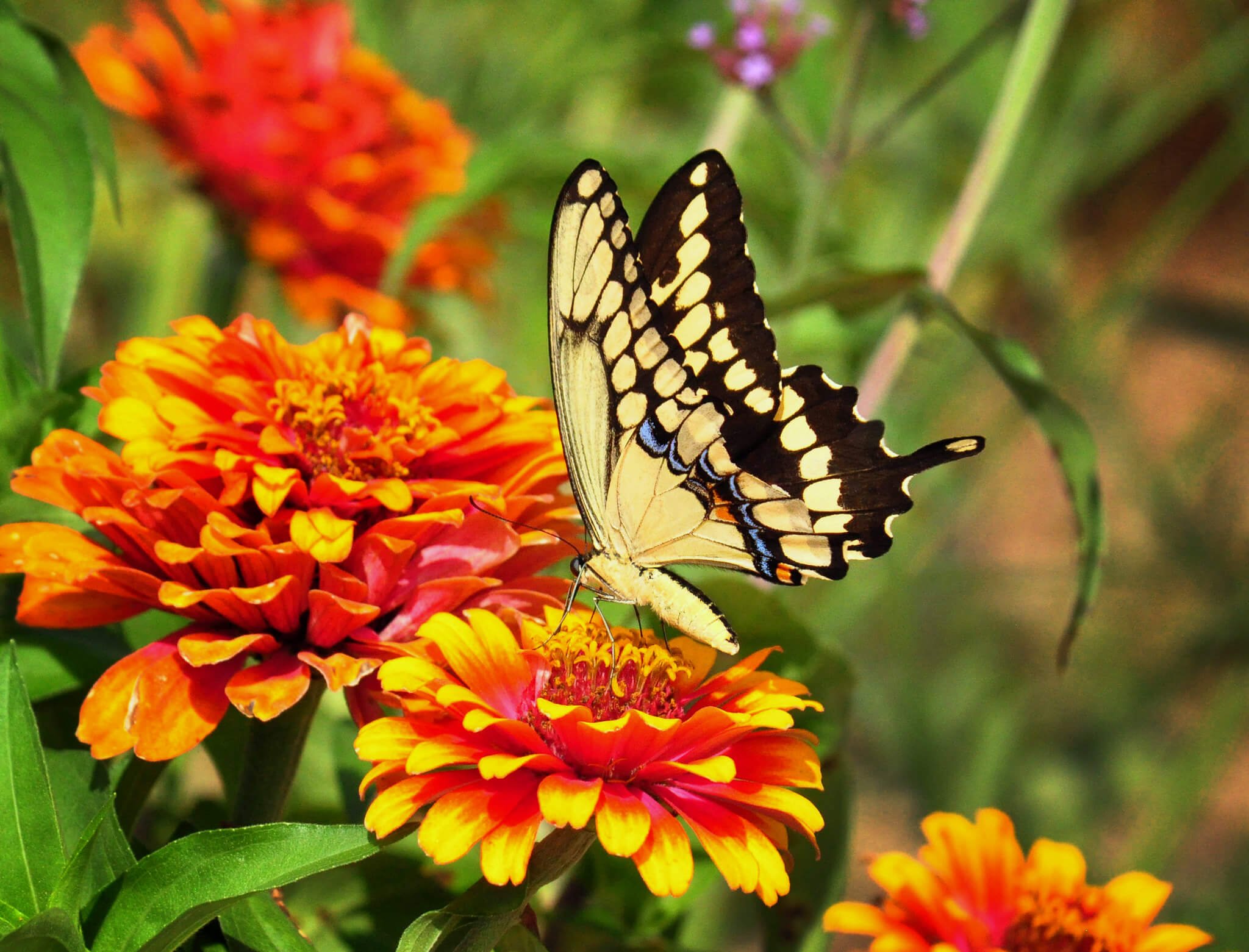Life Cycle: Perennial
Sun Exposure: Full, Partial sun
Soil Moisture: Medium
Height: 15-20 feet
Plant Spacing: 10-15 feet
Bloom Time: April
Bloom Color: Yellowish-green
Advantages: Pollinator Favorite, Bird Favorite, Deer Resistant
Host Plant: Giant Swallowtail Butterfly and possibly more (illinoiswildflowers.info)





